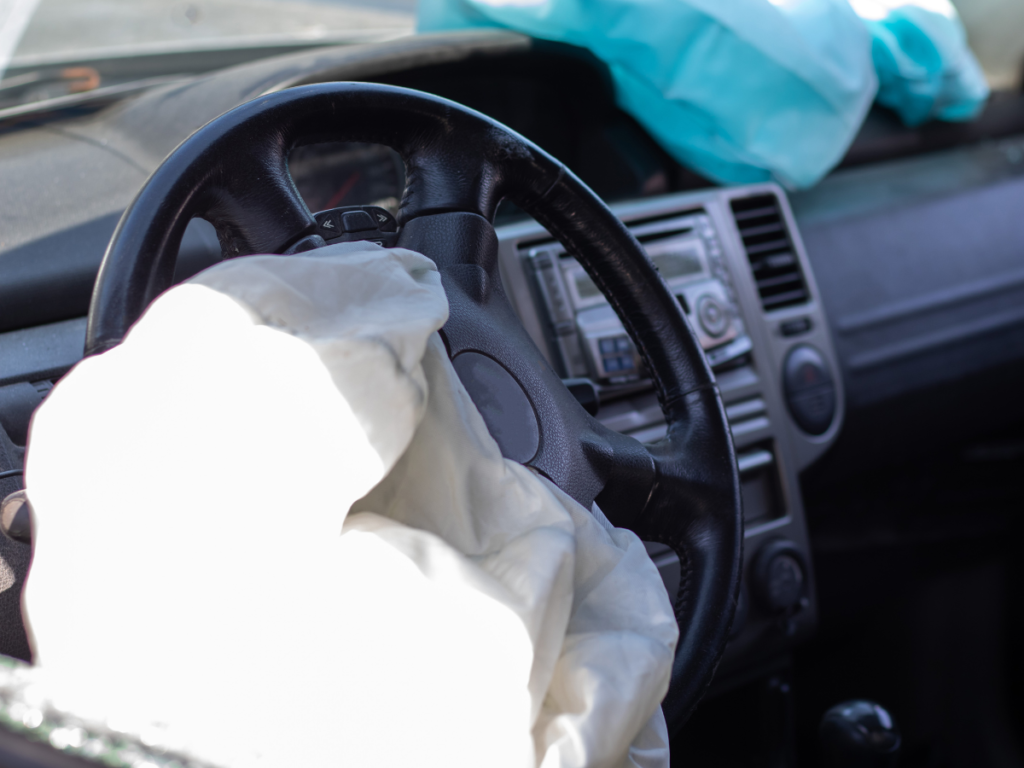
Product liability is a major aspect of consumer safety, as it emphasizes the responsibility of manufacturers to ensure that their products are safe for public use. When manufacturers fail in this duty, consumers can suffer severe injuries, leading to legal consequences for the responsible parties. This blog explores some of the most commonly harmful defective products across various categories and provides insight into seeking legal recourse for those affected.
Defective Automotive Products
Several automotive products have been associated with serious safety concerns due to defects. Here is a list of some of the most common defective automotive products:
- Faulty airbags: Airbags are designed to provide protection during a collision. However, defective airbags can deploy unexpectedly, fail to deploy in a crash, or release shrapnel, causing severe injuries.
- Defective brakes: Brake system failures, including issues with brake pads, rotors, or hydraulic systems, can compromise a vehicle’s ability to stop effectively, leading to accidents and injuries.
- Tire defects: Defective tires can result in blowouts, loss of control, and rollover accidents. Common defects include tread separation, sidewall failures, and manufacturing flaws.
- Exploding gas tanks: Defects in the design or manufacturing of fuel systems can lead to gas tank explosions upon impact, significantly increasing the risk of fire and severe burns.
- Unintended acceleration: Acceleration defects can cause vehicles to unexpectedly speed up without driver input, leading to accidents, collisions, and injuries.
- Defective seat belts: Malfunctions in seat belt mechanisms, such as faulty latches or retractors, can compromise occupant safety during a collision.
Dangerous Consumer Goods
Defective consumer goods can pose serious risks to users. Consumers should stay informed about product recalls and safety alerts issued by manufacturers and regulatory agencies. Examples of dangerously defective consumer goods include:
- Exploding lithium-ion batteries: Lithium-ion batteries, commonly used in electronics, can explode, or catch fire if defective. This poses a significant risk of burns and property damage.
- Faulty electrical appliances: Defects in electrical appliances such as toasters, microwaves, or space heaters can lead to electrical fires, causing injuries and property damage.
- Children’s toys with small parts: Toys with small detachable parts pose a choking hazard for young children. Defects in design or manufacturing that fail to meet safety standards can lead to serious injuries.
- Tipping furniture: Unstable or poorly designed furniture, especially items like dressers or bookshelves, can tip over and cause injuries, particularly to young children.
Design flaws like exposed wiring in electronics or small parts in children’s toys that pose choking hazards exemplify potential dangers. Manufacturers must uphold stringent safety standards to prevent such hazards from reaching consumers.
Hazardous Pharmaceuticals and Medical Devices
Some of the most dangerous products, when found defective, are pharmaceuticals and medical devices. Consumers are inherently reliant on such products to maintain their health and prevent illness. Dangerously defective pharmaceuticals have included:
- Thalidomide: Thalidomide was developed by the Swiss pharmaceutical company CIBA in 1953 as a sedative and nausea suppressant for pregnant women. However, it led to severe congenital disabilities in thousands of children, highlighting the need for rigorous testing of medications, especially those given during pregnancy. The drug was banned worldwide by the end of the 1960s.
- Essure birth control device: Essure, a permanent birth control device, caused women severely harmful side effects, confronting the Bayer company with thousands of lawsuits before being taken off the market in 2018.
- Vioxx: Vioxx, an NSAID produced by Merck, was withdrawn in 2004 due to increased risk of heart attacks and strokes. It raised concerns about drug safety and post-approval monitoring.
- DePuy hip implants: DePuy, a Johnson & Johnson subsidiary, faced legal challenges over defects in its hip implant, which was recalled and discontinued in 2010. The case highlighted the significance of comprehensive testing and monitoring of medical devices.
Seeking Legal Recourse
If an individual believes a defective product has injured them, taking prompt action is essential. Seeking medical attention is the priority to address immediate health concerns. Additionally, preserving evidence related to the defective product, such as photographs and medical documentation, can play a key role in a product liability case.
Navigating the complexities of a product liability case requires the legal assistance of a personal injury lawyer who specializes in product liability. Your NY defective product attorney can protect your rights and interests, gather evidence, build a compelling case, negotiate with other involved parties, and represent you in court if necessary. Our trial lawyers have the knowledge and experience to hold negligent manufacturers accountable and seek maximum compensation for those harmed.
Were You Injured by a Defective Product in New York?
Defective products can have devastating consequences, leading to severe injuries and daunting legal challenges. If you or a loved one has suffered due to a defective product, contact Wingate, Russotti, Shapiro, Moses & Halperin, LLP for experienced legal guidance and support. Our New York City product liability injury attorneys are dedicated to helping victims get the justice and compensation they deserve.
Your safety is our top priority—call us today at (212) 986-7353 for a free consultation. Let us face the legal process while you focus on recovery.